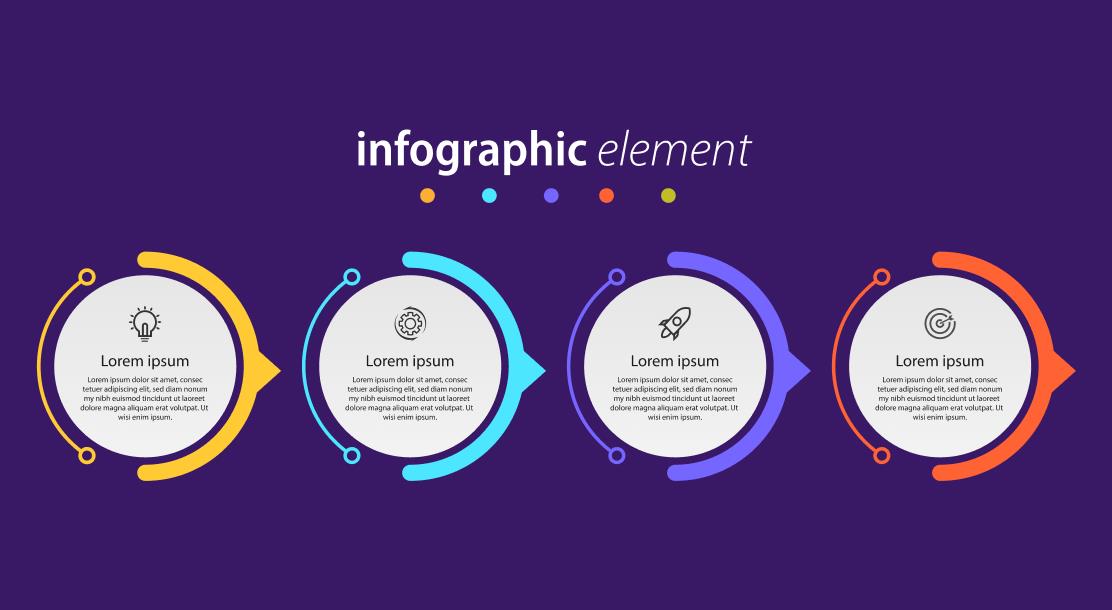
In the dynamic digital landscape, infographic marketing has emerged as a powerful tool to enhance brand visibility. This article elucidates seven proven infographic marketing strategies that can effectively propel your brand to the forefront.
We delve into the art of storytelling, SEO optimization, social media distribution, content marketing integration, interactive engagement, and success metrics.
Embrace these innovative strategies to unlock the potential of your infographics and foster a deeper connection with your audience.
Understanding the Power of Infographics in Marketing
As we delve into the realm of infographic marketing, it is crucial for us to comprehend the immense power that infographics hold in the vast landscape of marketing.
Infographic designing, a rapidly evolving field, harnesses the power of visual perception to elucidate complex data and make it digestible for the audience. This strategic approach to communication has the potential to elevate your brand's visibility and engagement to unprecedented levels.
It caters to our inherent tendency towards visual stimuli, facilitating quicker absorption and better retention of information. An innovative infographic can efficiently convey your brand's narrative, thus bolstering your marketing efforts.
Therefore, understanding and capitalizing on this potent tool is essential for businesses vying for a competitive edge in today's dynamic market.
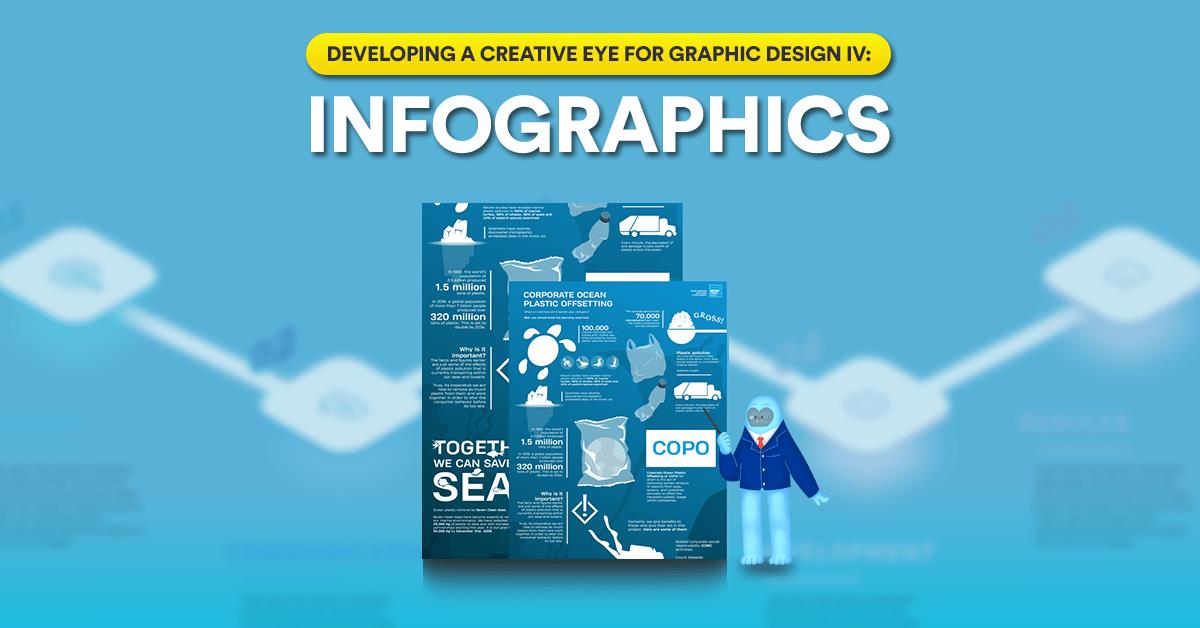
The Art of Storytelling Through Infographics
Often, infographics are effectively utilized as a compelling medium for storytelling, bringing brand narratives to life in a visually engaging and easily digestible format. They are an innovative way to combine infographic design trends with visual data representation.
Here are four strategies to master this art:
Understand Your Audience: Tailor your content to meet their needs and interests, making the story relatable.
Keep it Simple: Clarity and simplicity are key. Overcomplicated visuals can deter engagement.
Use Data Wisely: Infographics thrive on visual data representation. Use compelling statistics to support your narrative.
Stay Current: Follow the latest infographic design trends to ensure your content is fresh and appealing.
Optimizing Infographics for SEO
As we transition from storytelling to optimizing infographics for SEO, understanding the role of keyword integration, meta descriptions, and alt-text becomes paramount.
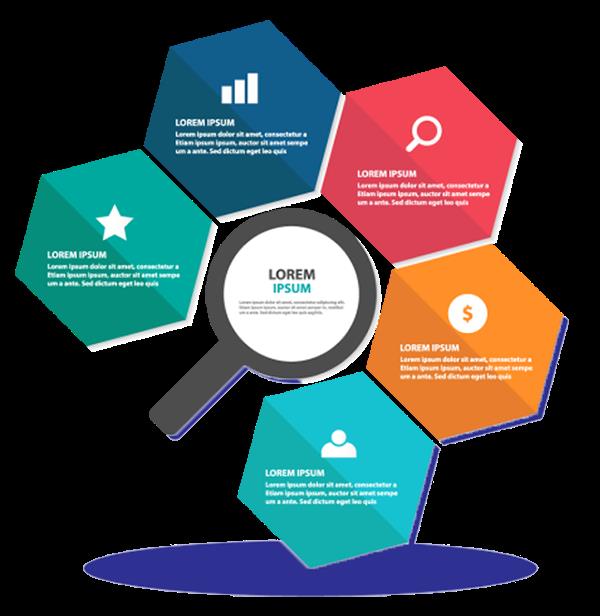
These elements not only enhance the visibility of your content but also contribute significantly to your overall SEO strategy.
Let's explore how each of these aspects work together to boost your brand's online presence and visibility.
Keyword Integration in Infographics
While infographics are primarily visual tools, integrating keyword-rich content is essential for optimizing these graphics for search engine optimization (SEO). Keyword integration in infographics involves a strategic blend of infographic aesthetics and data visualization techniques.
Keyword Research: Identify relevant keywords that resonate with your target audience and industry.
Content Creation: Incorporate these keywords seamlessly into the infographic's textual content, including titles, descriptions, and captions.
Metadata: Use keywords in the infographic's metadata, such as alt text and file names, to enhance SEO.
Promotion: Utilize these keywords in promotional content, such as social media posts and blog articles linking to the infographic.
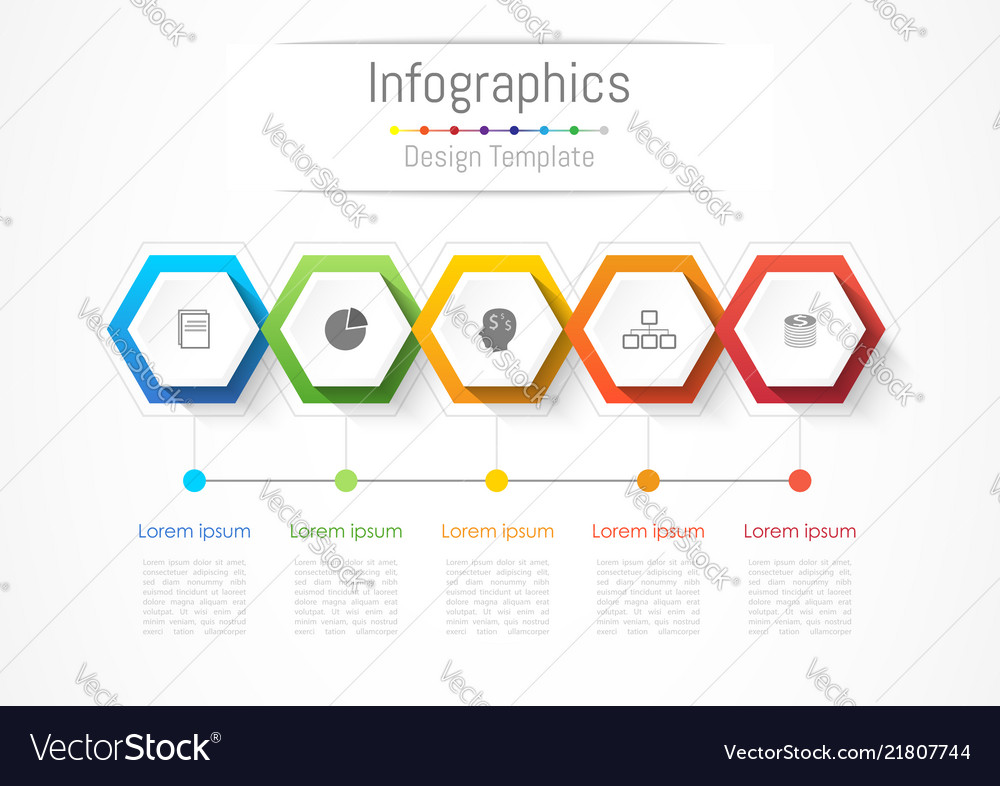
This process encourages higher visibility in search engine results, increased web traffic, and ultimately, brand amplification.
Beyond the visual appeal and informative content of your infographic, the meta description plays a pivotal role in bolstering your SEO efforts, and therefore, it should not be overlooked. Innovative meta description tactics can be employed to optimize your infographic indexing, thus boosting your brand's visibility online.
The meta description serves as a brief summary of your infographic's content, enticing users to click on your link. It's essential to keep it engaging, concise, and relevant. Be sure to include your target keywords to improve SEO ranking. Additionally, ensure that each infographic has a unique meta description to avoid duplication penalties from search engines.
Boosting SEO With Alt-Text
Before we delve deeper into the specifics of alt-text optimization, it is crucial to understand that this element, when used effectively, can significantly enhance your infographic's SEO performance and thus, fortify your brand's online presence.
Alt text optimization: This involves creating short, clear descriptions that convey the content and function of your infographic. This text will help search engines understand and index your content effectively.
Image accessibility: Alt text also ensures your infographics are accessible to those who use screen readers, further expanding your content's reach.
Keyword usage: Incorporate relevant keywords into your alt text. This aids in SEO performance, driving more traffic to your site.
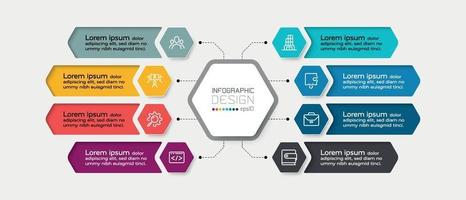
Consistency: Maintain consistency in using alt text across all infographics. This boosts SEO and enhances user experience, ultimately elevating your brand's digital visibility.
Harnessing the power of social media platforms for infographic distribution can significantly enhance your brand's visibility and reach.
It's crucial to select the right platforms that align with your target audience. Different platforms attract different demographics, so it's important to research and understand where your audience is most active. By choosing the right platforms, you can ensure that your infographics are reaching the right people.
Optimizing your content for each platform is also essential. Each social media platform has its own formatting and design requirements, so it's important to tailor your infographics accordingly. This may involve resizing images, adjusting text placement, or creating multiple versions of your infographic to fit the specifications of each platform.
Measuring your distribution success is the final step in turbocharging your infographic marketing efforts. By tracking metrics such as engagement, shares, and click-through rates, you can determine which platforms and strategies are most effective. This data will allow you to refine your distribution strategy and focus your efforts on the platforms that yield the best results.
Leveraging the correct social media platforms for infographic distribution can significantly amplify your brand's reach and engagement. Understanding platform demographics and employing the right infographic formatting are crucial.
Platform Demographics: Research each platform's audience. LinkedIn caters to professionals, Instagram attracts a younger demographic, and Facebook is diverse. Choose a platform that aligns with your target audience.
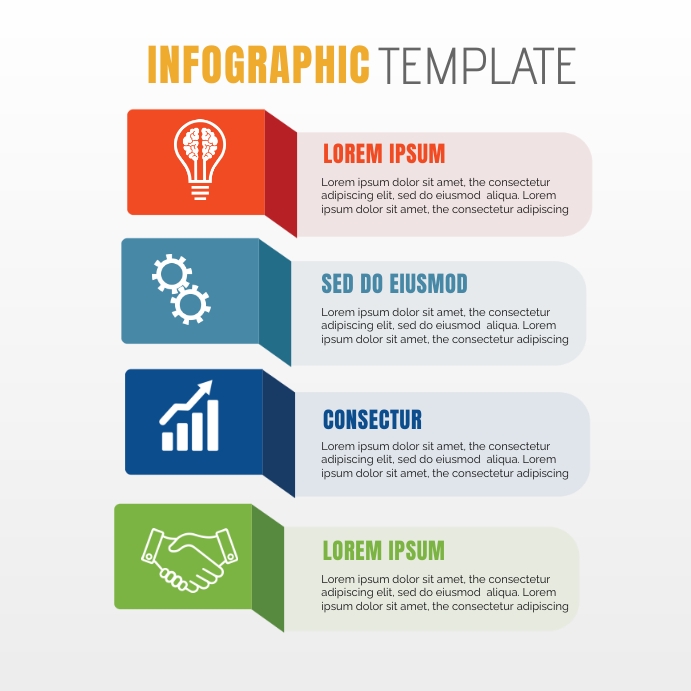
Infographic Formatting: Design infographics appropriate for each platform. Instagram prefers square, LinkedIn favors landscape, and Facebook supports various formats.
Platform Features: Utilize features like Instagram's swipe-able carousel for longer infographics, LinkedIn's document feature for high-quality infographics.
Engagement Timing: Post when your audience is most active. Each platform has optimal engagement times.
Taking into account the unique characteristics of each social media platform, it is crucial to tailor your infographics to fit their specific requirements and audience preferences for maximum distribution and impact. Understanding platform functionality and audience demographics aids in shaping the content, design, and format of your infographic.
For instance, Instagram caters to younger, visually-driven demographics and prioritizes image quality, making it ideal for vibrant, concise infographics.
LinkedIn, on the other hand, serves professionals seeking valuable insights and in-depth information, so detailed, data-rich infographics work best.
Twitter, with its fast-paced feed, calls for bite-sized, impactful infographics.
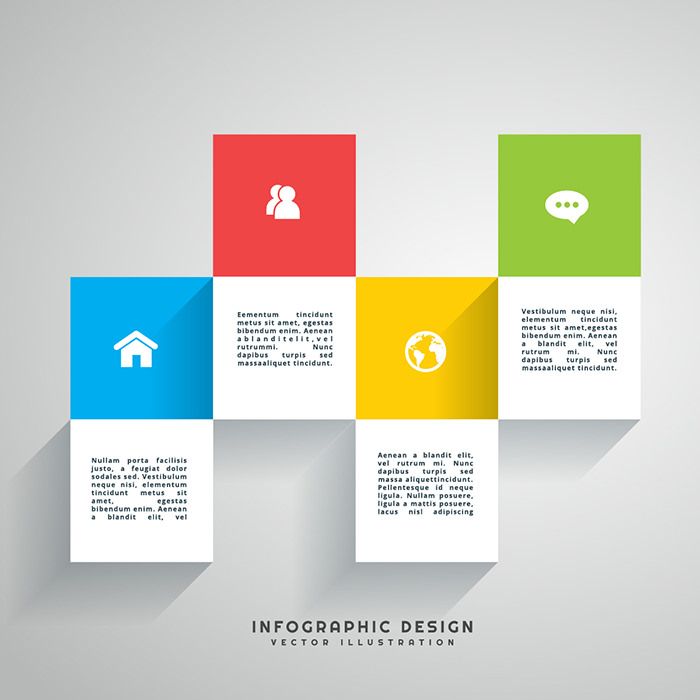
Measuring Distribution Success
After the strategic creation and tailored dissemination of your infographics, it becomes critical to measure the success of their distribution across various social media platforms, and adapt your strategies accordingly for optimal brand visibility and engagement.
Here are four steps to measure distribution success:
Identify your distribution channels: Understand where your infographics are being shared, and identify the platforms driving the most engagement.
Define your success metrics: Determine what constitutes success for your brand, whether it's likes, shares, comments, or conversions.
Monitor and measure: Utilize analytic tools to track the performance of your infographics on these platforms.
Adapt and innovate: Use the data gathered to tweak your strategies, innovate, and maximize the impact of your infographics on your chosen platforms.
Harnessing Infographics for Content Marketing
Within the realm of content marketing, the strategic use of infographics has become a powerful tool for enhancing brand visibility and engagement. Infographic design trends have evolved, now focusing on data visualization techniques that make complex information digestible and attractive.
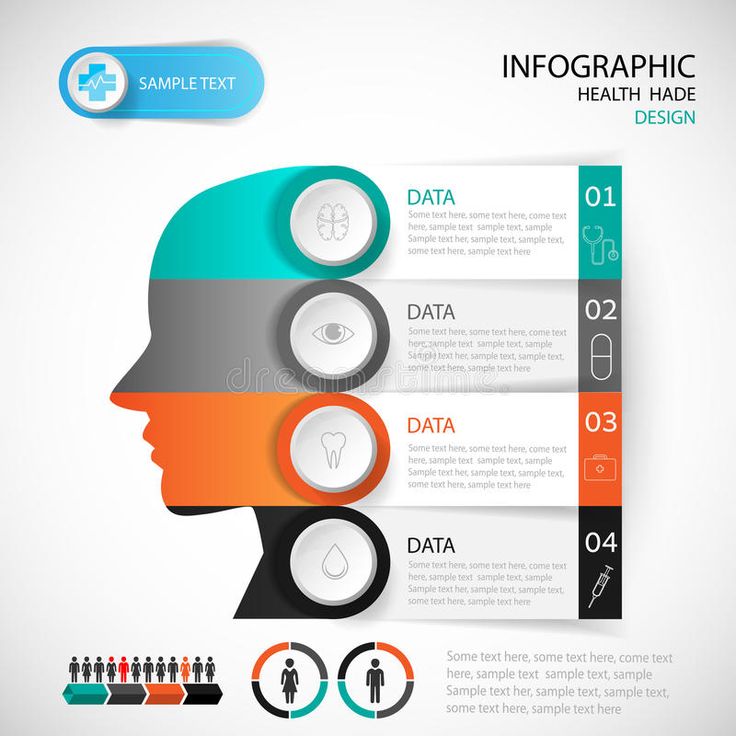
Harnessing infographics for content marketing is not merely about creating visually appealing designs, but about engaging narratives that resonate with your audience. Innovatively presenting data allows for a deeper connection with your audience, extending beyond mere words. This demands a clear understanding of your brand's story, the message you aim to convey, and the audience you wish to reach.
Leveraging infographic marketing strategies can significantly boost your brand, fostering greater audience engagement and ultimately, driving business growth.
Driving Engagement Through Interactive Infographics
By incorporating interactive elements into your infographics, you can significantly heighten audience engagement and foster deeper connections with your brand. Interactive infographics elevate the user experience and increase infographic usability by actively involving the audience in the content exploration process.
Layered Information: Interactive elements allow users to unveil multiple layers of data, enhancing engagement and comprehension.
Data Manipulation: Users can modify variables to observe different outcomes, fostering a deeper understanding of the presented data.
Responsive Design: Interactive infographics adapt to different devices, ensuring optimal user experience across platforms.
Social Sharing Features: Encouraging users to share your infographics amplifies reach and visibility.
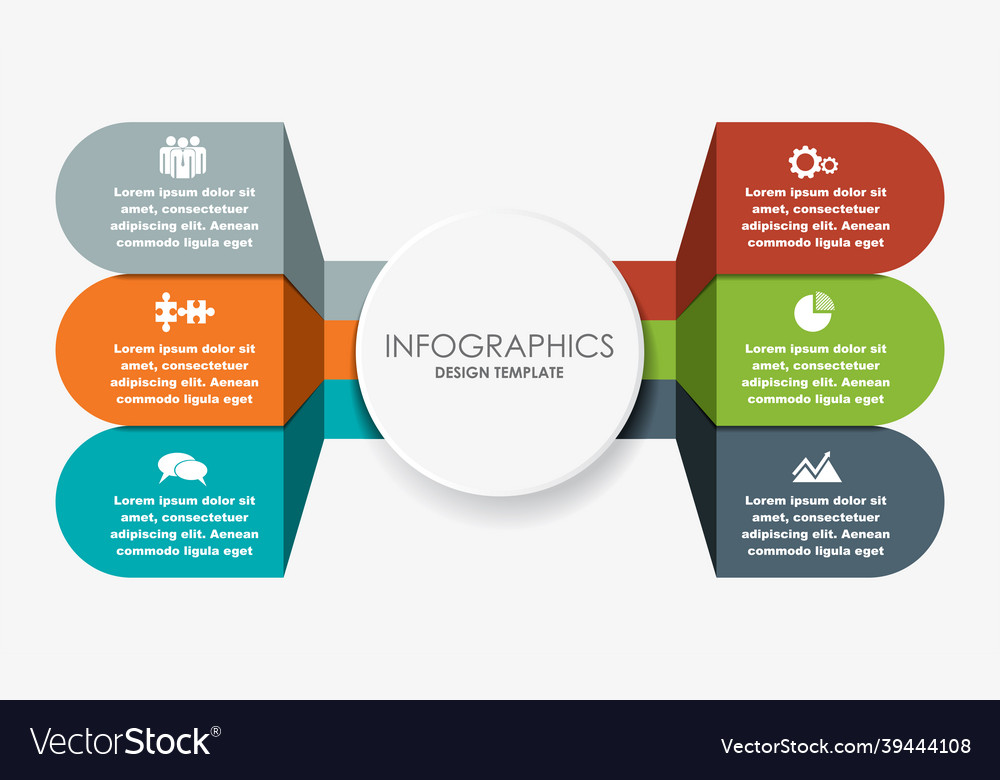
Innovative and strategic, interactive infographics offer an immersive experience, driving engagement and bolstering your brand's digital presence.
Measuring the Success of Your Infographic Marketing Campaign
Evaluating the success of your infographic marketing campaign involves understanding and applying four key performance indicators.
Reach pertains to the number of individuals who have viewed your infographic.
Engagement refers to the interactions they've had with your content, such as likes, comments, shares, or downloads.
Conversion is the rate at which these interactions lead to desired actions, such as newsletter sign-ups or purchases.
Retention measures the percentage of consumers who remain loyal to your brand after initial engagement.
By tracking these metrics using campaign analytics, you can gain valuable insights into the effectiveness of your infographic marketing.

ROI calculation then helps quantify the financial benefits, ensuring your marketing efforts yield profitable returns.
Frequently Asked Questions
What Is the Ideal Size for an Infographic for Optimal Viewer Engagement?
The ideal size for an infographic largely depends on its content density and intended platform, ensuring Infographic Responsiveness. However, a size of 800 x 2000 pixels typically balances detail with user engagement effectively.
How Long Does It Typically Take to Design a High-Quality Infographic?
The timeline for designing a high-quality infographic largely depends on two factors: design budget and content research. Typically, it can take anywhere from a few days to several weeks to ensure meticulous detail and creativity.
Can Infographics Be Used in Email Marketing Campaigns?
Certainly, infographics can be integrated into email marketing campaigns, enhancing email aesthetics and engaging recipients. Infographic personalization can further drive engagement, offering an innovative approach to conveying complex data in a visually appealing manner.
For creating professional-grade infographics, tools like Canva, Piktochart, and Adobe Spark are highly recommended. These platforms allow for customizing infographics and offer a wide range of template selection to suit your brand's aesthetics.
How Can I Incorporate My Brand's Logo and Colors Into the Infographic Design?
Incorporating your brand's logo and colors into infographic design involves strategic logo placement and understanding the impact of color psychology. Place your logo prominently and use colors that resonate with your brand's identity.
 Digital Art InstructionDIY Infographics DesignMobile Game ArtworkPersonalized Logo Design3D AnimationeBook Covers DesignPrivacy PolicyTerms And Conditions
Digital Art InstructionDIY Infographics DesignMobile Game ArtworkPersonalized Logo Design3D AnimationeBook Covers DesignPrivacy PolicyTerms And Conditions
